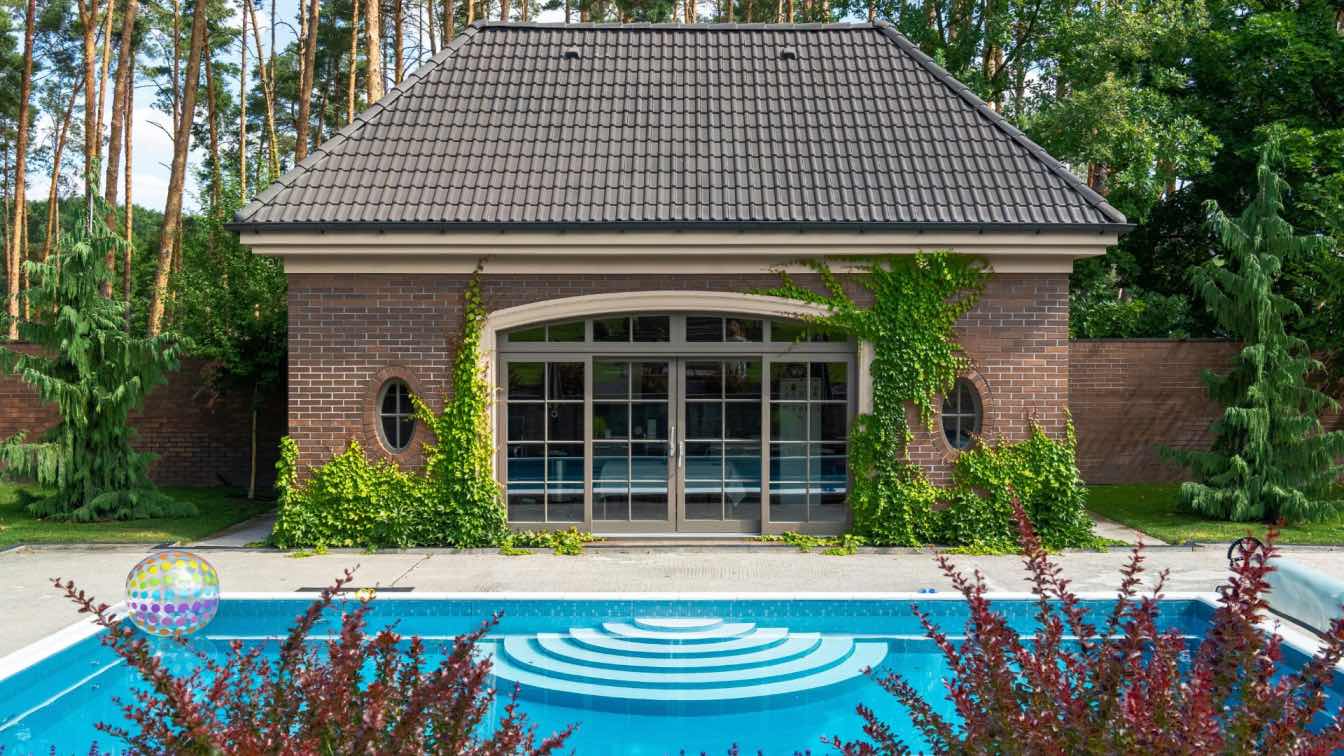When it comes to making more efficient changes to your home, what immediately comes to mind? Maybe it’s about keeping your gardening looking good, making your home more energy efficient, or even preventing clutter where you can. But speaking of which, all homes eventually clog up; even minimalistic households get into this predicament, too. So, the obvious answer is to just manage your storage solutions in your home, right?
Well, when it comes to eco-friendliness, storage solutions probably aren’t the first thing that comes to mind. But believe it or not, the way you organize your home can have a pretty big impact on the environment. And no, we’re not just talking about skipping plastic containers. Just think about it, from the materials you use to how you design your spaces, there are plenty of ways to make your storage solutions more environmentally friendly—without sacrificing style or practicality.
Go for Sustainable Building Materials
Easy enough, right? Well, if you’re thinking about installing built-in storage like wardrobes or shelves, consider what materials you’re using. Instead of opting for synthetic materials or cheap woods (yes, MDF is included), ideally, you should think about sustainable options like reclaimed timber or responsibly sourced wood. While yes, going straight to IKEA might sound like the perfect option, honestly, it’s a terrible idea.
Instead, just look into using reclaimed wood is a win-win—it’s environmentally friendly, reduces the demand for new trees, and adds a touch of unique character to your space. But bamboo is another excellent choice. Since it grows quickly and regenerates easily, it’s one of the most renewable building materials out there. So, just by making smarter material choices, you’re cutting down on the environmental impact right from the start.
Try and Make the Most of Vertical Space
One of the easiest ways to keep things eco-friendly is to use the space you already have more efficiently. The YouTube channel Never Too Small is actually a perfect example of this because its content is focused on living in a small space and using the space you already have. So, no matter how big or small your space is, it’s about getting creative with what you’ve got and just working with that.
Instead of building out more storage units or cramming in extra cabinets, think vertically. For example, floating shelves, floor-to-ceiling cabinets, or even overhead storage can make use of wall space and reduce the need for extra furniture that requires more materials.
Start Rethinking Outdoor Storage with Eco-Friendly Materials
You have to keep in mind that storage isn’t just about what’s inside your home—there’s also the garden shed or outdoor storage to think about. If you’re planning to build a shed, then you’ll need to consider the environmental impact of the materials, especially the base. While concrete is the go-to for most shed foundations, it’s not exactly the greenest option (something that really throws people by surprise).
Actually, concrete production is responsible for a lot of carbon emissions, so instead, it’s best to just go ahead and look for alternatives like a shed base made from recycled materials or permeable grids. These options not only provide solid support but are far more eco-friendly than traditional concrete, allowing better drainage and protecting the ground underneath.
Just Try and Repurpose and Reuse Where Possible
If you can, one of best solution is repurposing what you already have. If you’re renovating or redecorating, don’t just toss out old materials—think about how they can be reused. Depending on what you have, you might be able to make it work, for example, old doors, windows, or shelves can often be transformed into new storage or at least something else for your home.





